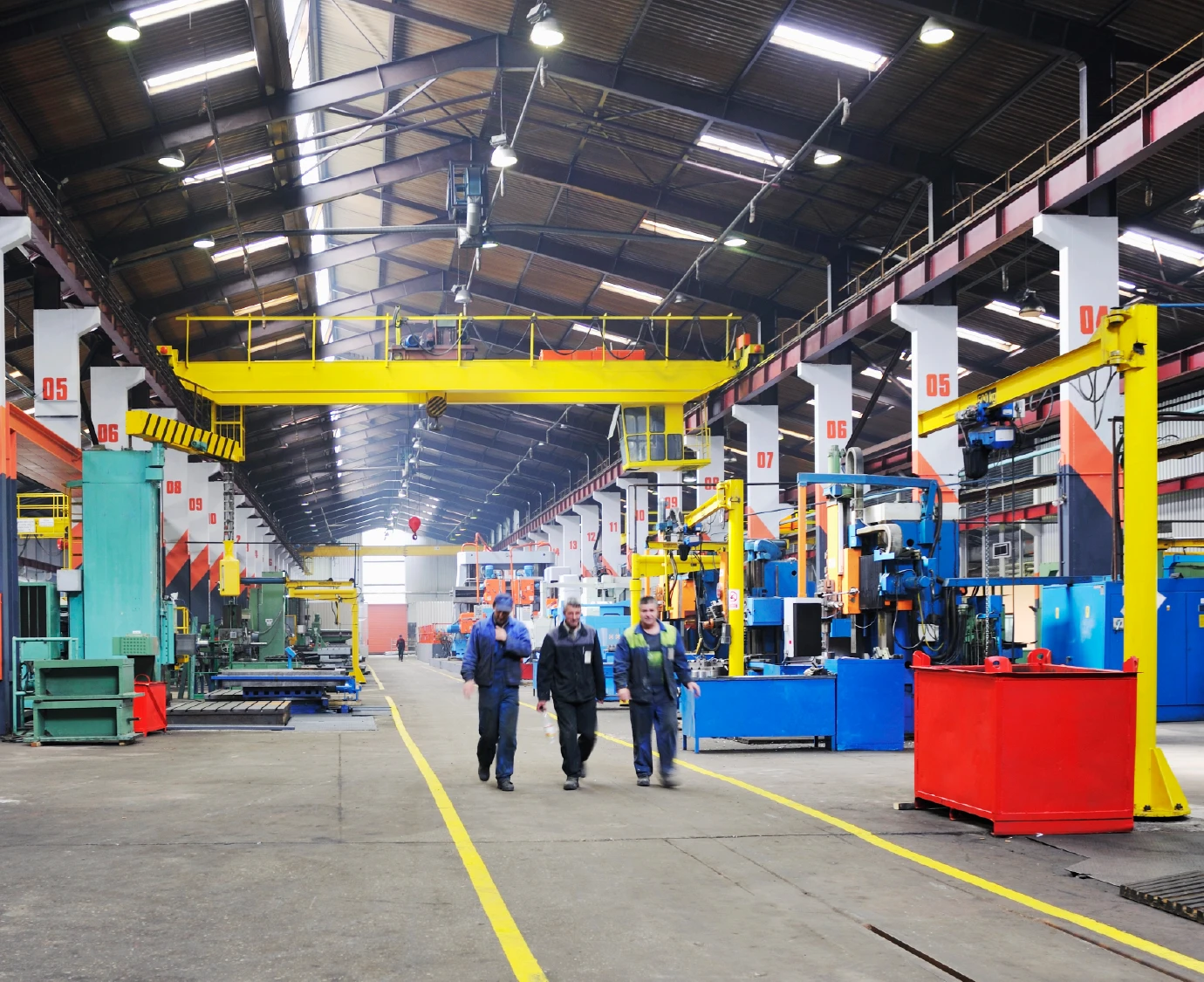Friday, 6 June 2025
Five Myths About Industrial Digital Transformation

In an economic climate marked by inflation and global trade tensions, manufacturing companies are being forced to rethink their productivity strategies. Yet many myths still persist around digital transformation—myths that delay critical decisions and threaten competitiveness. Experts from Talan, who support organizations in tackling operational challenges, are here to debunk them.
Myth 1: We should wait for things to “return to normal” before investing in digital transformation
Reality: Waiting for a so-called “return to normal” is one of the most dangerous traps for industrial companies. “
Organizations that continued to invest during the pandemic are now in a stronger position than those that put their projects on hold,” says Josiane Roger, Senior Director of SAP Innovation and EPMO. “And this is especially true today, as trade tensions increase.”
Jérôme Thirion, Executive Vice President of Operations and Supply Chain Consulting Services, adds: “The idea of ‘normal’ is outdated. Historical sales data is no longer a reliable planning indicator. Companies must adapt in real time to volatile demand and a constantly evolving environment.”
In Quebec, manufacturers are already lagging behind their peers in Ontario and the U.S. in terms of technology adoption—a delay that poses an immediate competitive risk, especially as pricing pressures mount.
Key takeaway: Investing in productivity today is a “no-regrets” move. Regardless of how future uncertainties unfold, these investments remain relevant and deliver long-term value.

Myth 2: Digital transformation requires long, expensive projects
Reality: The most effective approaches to digital transformation are often incremental and focused.
“We recommend an MVP [Minimum Viable Product] approach,” explains Josiane Roger. “Start with a targeted, high-value project to minimize risk while generating quick, tangible results.”
Jérôme Thirion adds: “The goal is to deliver quickly to build stakeholder confidence and momentum. Long, 18-month-plus projects are outdated—companies want to see measurable results within months, not years.”
This approach also makes it easier to involve internal teams gradually, especially since they’re already busy with day-to-day operations.
Key takeaway: Well-structured projects can start generating ROI in as little as 3 to 6 months, with performance gains often ranging from 15% to 30%.

Productivity Quickwins: Get Started Now
Discover simple, practical, and accessible ways to quickly improve your manufacturing performance.
Watch the webinar “Productivity Challenges: Quickwins to Take Action Now” (webinar in French) and take action today.
Myth 3: Digital transformation is primarily about technology
Reality: Digital transformation is, first and foremost, a business initiative—not just a tech rollout.
“Companies need to start by clearly identifying the business challenges they want to solve,” says Jérôme Thirion. “Once those priorities are defined, they can build a 12- to 24-month roadmap to guide iterative improvements.”
One common pitfall is chasing isolated gains that don’t align with broader strategy, which can create complexity and integration issues later.
Josiane Roger emphasizes the importance of breaking down silos: “Successful transformations are built on cross-functional processes. You have to move beyond the traditional boundaries of marketing, sales, finance, and so on, and adopt a more holistic view.”
Key takeaway: Effective digital transformation starts with strategic business thinking—before any technology decisions are made.
Myth 4: AI will solve all productivity problems
Reality: While AI holds enormous promise for productivity, its success hinges on the quality of your data.
“As exciting as AI technologies are, they only work well if the underlying data is reliable,” notes Jérôme Thirion. “Poor-quality data leads to poor decisions—sometimes with serious consequences.”
Unfortunately, the foundational step of data structuring often gets overlooked because it isn’t as flashy.
“AI can definitely boost productivity and take repetitive tasks off employees’ plates, but it’s not a silver bullet,” says Josiane Roger. “Without strong data governance in place, results will fall short of expectations.”
Key takeaway: Before investing in advanced AI tools, make sure your data management and quality controls are rock solid.

Myth 5: Digital transformation is out of reach for small and mid-sized businesses
Reality: You don’t need to be a large enterprise with a massive budget to begin your transformation.
“SMBs can often access government support programs—and they’re naturally more agile, allowing them to pivot faster than large organizations,” says Jérôme Thirion.
Plenty of high-impact use cases are accessible to companies of all sizes:
- Automating invoice processing with OCR (optical character recognition) can reduce manual handling by up to 80%.
- Streamlining payment approval workflows helps secure early-payment discounts from suppliers.
- Enhancing order confirmation systems speeds up response times and boosts customer satisfaction.
Key takeaway: Significant progress can be made quickly—even with limited budgets—by focusing on the right high-impact areas.





